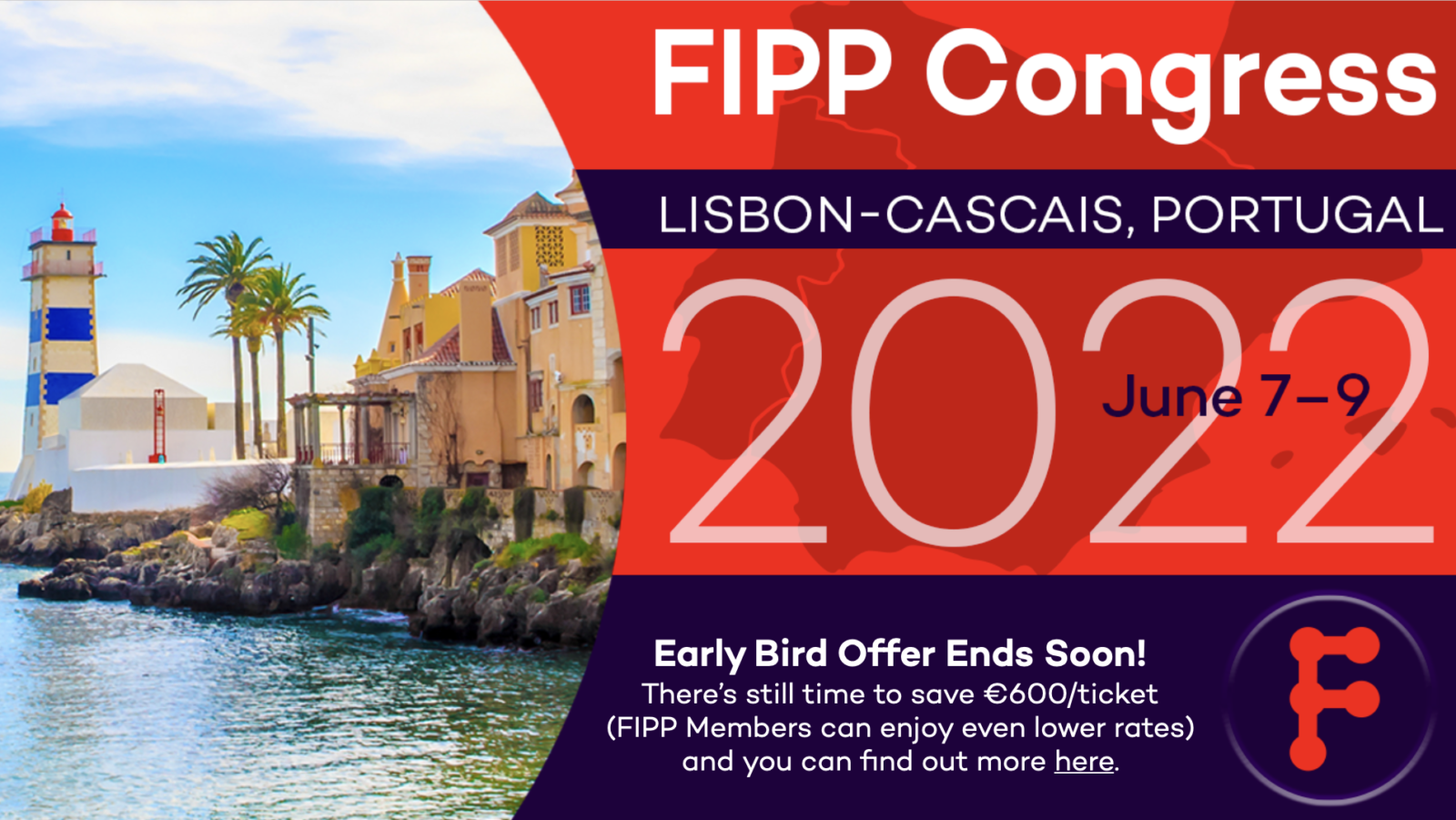Financial Times subscriptions strategy lead on the future of reader-funded media
[Main image: Shutterstock.com/Hadrian]
One of the industry leaders in the pivot towards reader revenues is the Financial Times, which last month hit the one million digital subscribers mark. The main protagonist in our Google Digital Immersion Week training course, and now also a speaker at the 44th FIPP World Congress in June, the 134yr old publication is keen to share the secrets of its digital success with the wider industry.
Here, in this exclusive interview for FIPP, George Montagu, Subscriptions Strategy Lead for FT Strategies gives us the inside track on ‘recency, frequency, volume’, digital innovation, and why churn – as opposed to acquisition – should be the strategic subscriptions priority for almost all publishers.
Part of our: Meet the Speaker Series
George will be speaking at the 44th FIPP World Congress in June, and you can find out more here.
What’s your background, how did you end up as Subscriptions Strategy Lead at the FT?
I have worked at the FT for just over five years now in various roles. When I first joined, I helped to support our GDPR implementation before swiftly moving to a role in data strategy. My role in data strategy at the FT involved identifying new ways we could use data to grow our business – a lot of that was through digital subscriptions – which I found really interesting.
After a year or so, I was given the opportunity to join FT Strategies – the subscriptions growth consultancy start-up from the Financial Times. Given my FT and industry knowledge, I was awarded the title of Subscription Strategy Lead.
And what does your day job consist of?
My role primarily consists of three areas:
- Contributing to client engagements – I support our consulting team on client engagements where detailed subscription knowledge is required.
- Building the FT Strategies brand – I am responsible for creating valuable thought leadership and a network that helps to develop our brand as an industry leading subscriptions consultancy.
- Developing our knowledge – I am responsible for codifying and distributing subscriptions knowledge across FT Strategies to ensure that the team is fully equipped for their consulting engagements.
Can you explain what RFV is – and is it still very much at the heart of your subscription strategy?
RFV is an engagement metric that was first adopted by the FT in 2014. RFV is a way to measure the value that an individual is getting from our content and our digital product. R stands for recency, F stands for frequency and V stands for volume. We then use a calculation to create an engagement score for each of our subscribers. You can read more about it here.
It is still very much at the heart of our subscription strategy because we know that it is highly correlative to subscriber acquisition, retention and lifetime value. It also allows us to take proactive measures to improve our key subscription KPIs – for example, targeting at-risk subscribers.
What recent innovations have been crucial in attracting new subscribers? Is everything data-centric or is there still room for the good old fashioned business hunch?
The most significant innovation in recent months has been the FT Edit – a new app launched by the FT that will give readers access to eight articles of in-depth news content, every week day. The app is currently free to use, but we expect it to attract a new cohort of subscribers that would otherwise not pay for a full FT subscription but appreciate the value of our content.
Quite frankly, there is very little room for “good old fashioned business hunches” now – and rightly so. Although we do not have vast amounts of data to support every decision we make, we do look to de-risk any new products by talking to our readers, and using a robust process of experimentation and optimisation.
And how will technologies like AI and potentially blockchain continue to transform the way subscriptions are managed?
There are a few ways that I already see AI and potentially blockchain transforming the way that subscriptions are managed:
- Dynamic paywalls
- Dynamic pricing (at the point of acquisition and cancellation)
- Dynamic content and communications
These technologies will undoubtedly become more sophisticated and more valuable in the future.
There was a recent article in The Atlantic which suggested we could be nearing peak subscription – do you agree? Is churn going to be the big story for content companies in 2022 and beyond?
Churn should already be the big story for content companies! The unfortunate reality is that content companies have extremely high churn rates (typically 4-5%) compared to other subscription businesses; for example, Spotify has been noted to have a maximum subscriber churn rate of just 1.7%.
Irrespective of whether we have reached peak subscriptions (which I don’t think we have), churn should be the strategic priority for almost all publishers (as opposed to acquisitions).
“Bundling is a remarkable way to increase average revenue per user whilst also increasing retention rates – what’s not to love?!”
What lessons can content companies learn from the likes of Netflix, Amazon etc on optimising subscriptions?
There are so many lessons that can be learnt from the likes of Netflix and Amazon. I strongly think that content companies should learn a lot from the bundling that is used by all of the most subscription companies (Disney+ bundle, Amazon Prime, Apple One). Bundling is a remarkable way to increase average revenue per user whilst also increasing retention rates – what’s not to love?!
What would be the main advice you would give to a content company starting a subscription business?
My main advice to a content company starting a subscription business would probably be not to start with subscriptions!
Fundamentally, a subscription business is powered by a loyal audience that is willing to pay for your content. In practical terms, it is extremely difficult to grow a loyal audience whilst having a paywall from the word go.
The content company should start building its brand, its audience and showcasing the value of its content before experimenting with digital subscriptions. There are plenty of other great ways to monetise content from the outset – just look at Brian Morrissey and The Rebooting!
Finally, who do you subscribe to? And what made you make that decision?
I subscribe to:
New York Times (for an international generalist perspective)
Netflix (for when I am bored)
Audible (for when I travel)
Spotify (for relaxing or working out)
Amazon Prime (for convenience)
The Golf Range (for fun)…
I also get the FT for free (to understand geopolitics and business).
? To see the latest speaker line-up for this June’s FIPP World Media Congress, along with details on the agenda and more, click here.












